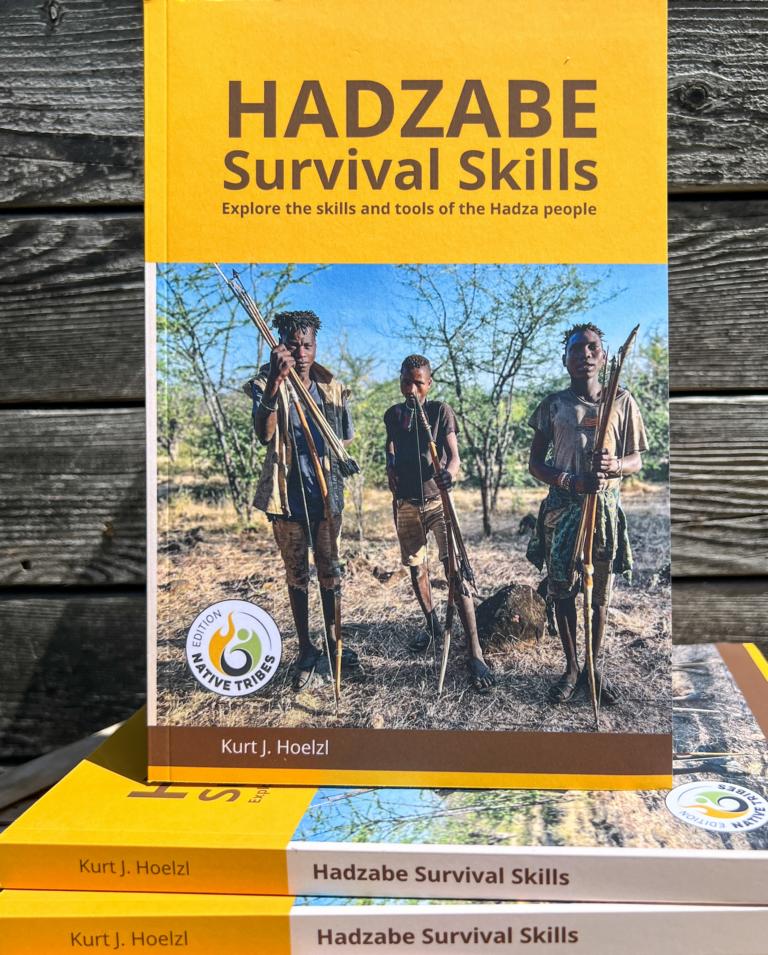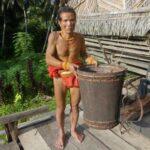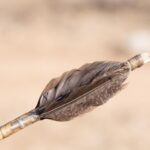Grass trees (Xanthorrhoea sp.) and grass tree stalks are endemic to Australia. They are locally called ‘Black Boys’ due to their appearance after bushfires. They need a certain number of regular fires for their survival and are well protected against them. Xanthorrhoeas were utilized historically intensively for a very long time by First Nations people. And for a very short time also by non-Aboriginals. During these abt. 10 years in the 1920s, non-Aboriginal people eradicated these plants in many environments where they were once common. Currently, grass trees are only protected in National Parks, although three species are already ‘Endangered’. All species are highly susceptible to contracting root-rot fungi.
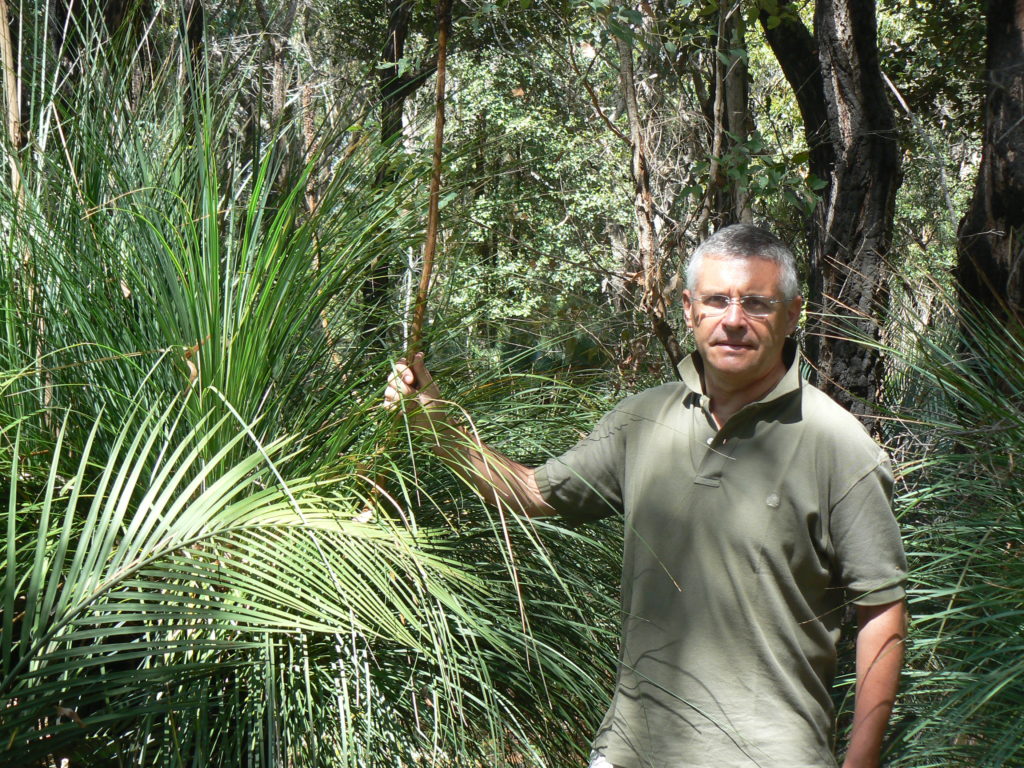
Traditional uses of grass trees
Many parts of the plant were and are used by Aboriginal people – most importantly the flower stalk (botanically correctly termed as ‘scape’) and exuded resin.
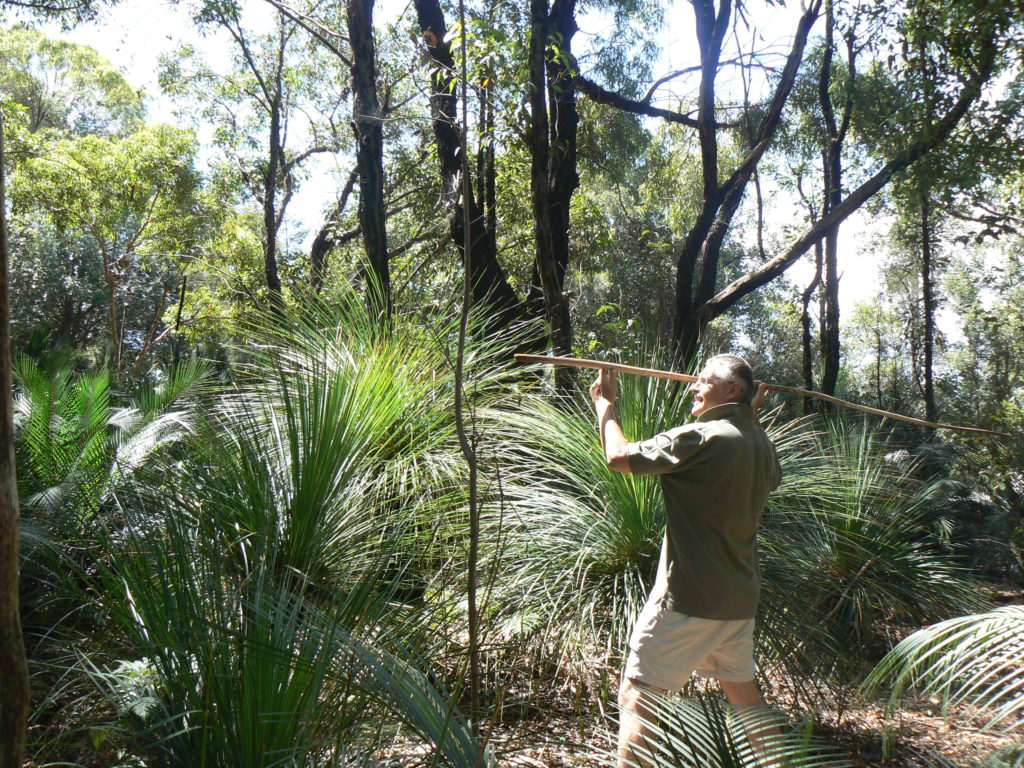
The scape is and was used as a spear shaft by boys when fishing mullet in September. Adult men used the scape as a base for its barbed spear for hunting. It made the spear considerably lighter than fully carved hardwood, which was an advantage at long hunting expeditions. For that application, on the spear shaft, a heavily barbed blade was fitted, which was carved either from a hardwood or from animal bone. As a bonding material between stalk and blade, either grass tree- or spinifex resin – which was hardened with kangaroo dung or plant matter – was utilized.
Other uses of grass trees by First Nations people are as follows:
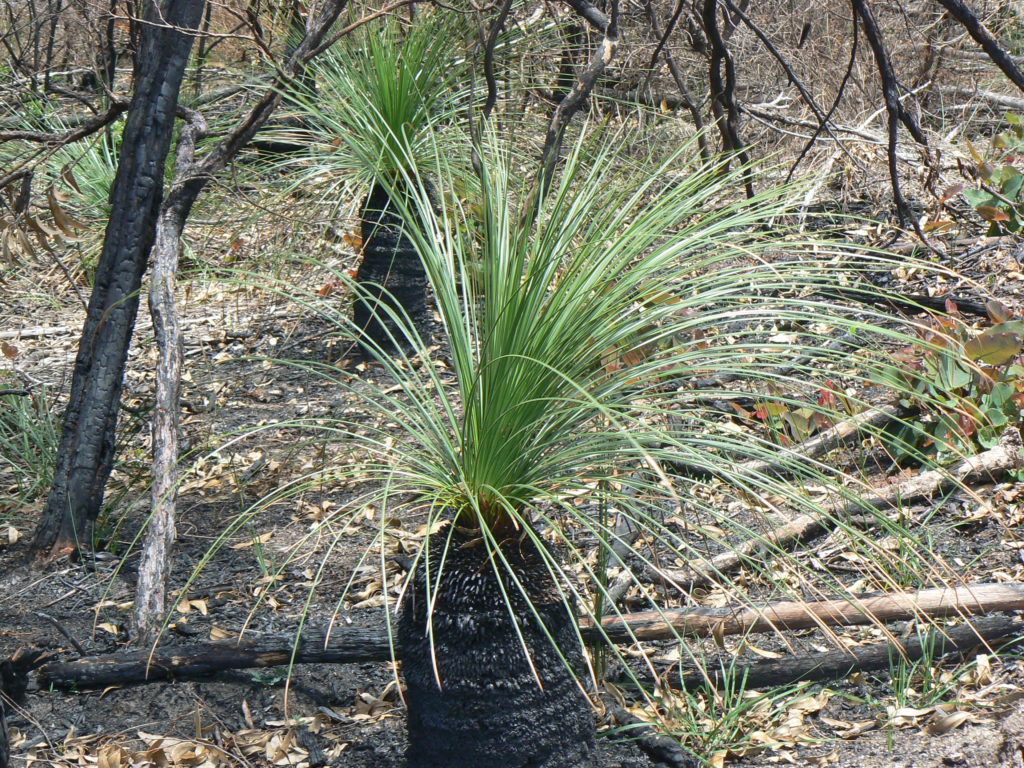
- From grass tree flowers nectar was collected and consumed
- Old flowers on grass tree stalks and fruit were used as tinder for lighting fires
- The wood of the scapes (flower stalks, spikes) was not only used for making spears but also as a hearth board and spindle for friction fire lighting.
- The base of young leaves was eaten
- Old leaves were used as a knife replacement
- At the leaf bases and on and below the stump, clumps of resin are exuded, which is and was highly sought after. During the short period, when White men exploited this resin commercially (and extirpated that way grass trees in many areas) it was also used for the production of lacquers and as an addition to explosives.
- Roots around the stem base were eaten by some First Nations people.
Lessons learned about grass trees
- The White man was able to destroy within ten years, what Aboriginal people were able to sustain over thousands of years.
- Spear handles made of grass tree scapes have to be skillfully combined with harder blade material
- The grass tree itself provides the bonding resin used to fixate the fibrous spearhead binding.
.

